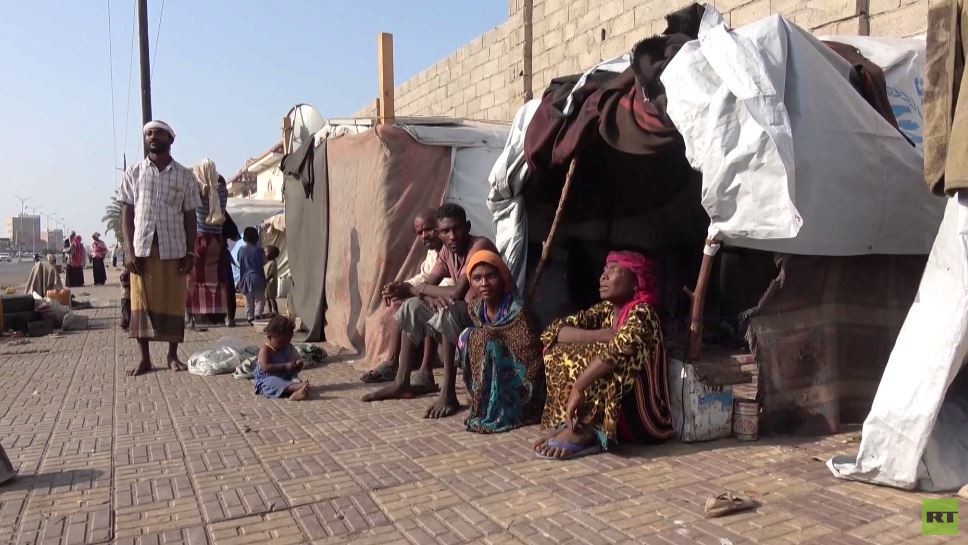Yemen: Hudaydah Displaced Population Now an Estimated 336,846: Report
YemenExtra
SH.A.
IOM, the UN Migration Agency, estimates Hudaydah’s displaced population has now reached an estimated 336,846 men, women and children due to a flare up in violence that began two months ago.
The world’s worst humanitarian crisis deteriorated further in June 2018 when a frontal assault on Hudaydah, Yemen’s main port city, led to the displacement of more than half of the city’s 600,000 population, according to IOM’s latest surveys of the population.
Between 29 July and 7 August, IOM’s Displacement Tracking Matrix (DTM) identified an increase of 1,393 displaced households (estimated 6,636 individuals) forced to leave their places of usual residence in Hudaydah. This brings the total number of households to 57,534 forced to leave their homes since the escalation of conflict in early June.
The largest increases were identified within Amanat Al Asimah, Taizz and Ibb Governorates. Some 763 households (estimated 4,578 individuals) in Amanat Al Asimah were displaced to Ma’ain, Old City, Shu’aub, Bani Al Harith, Az’zal, Ath’thaorah, At Tahrir and Assafiyah districts. Families reported reaching Amant Al Asimah, using an access road through Manakhah.
Some 232 households (estimated 1,392 individuals) in Taizz were displaced to Al Mudhaffar, Dimnat Khadir, Al Qahirah, Salh and Hayfan district. An additional 111 households (estimated 666 individuals) in Ibb were displaced to Far Al Udayn, As Sabrah, Al Dhihar, Al Mashannah, Jiblah, Hazm Al Udayn and As Sayyani district.
More recent reports from the past week, which were not included in IOM’s latest report, indicate over 1,000 households having been displaced in Zabid between 8 July and 15 July, the majority within Zabid district and some households moving to Bayt Al Faqiah. Most of the displaced population has been living on savings, selling property, gold, cars, and other assets they had for almost two years now, since the collapse of the government and infrastructure in Yemen.
Partners estimate that across Yemen more than 20 million people need humanitarian assistance.
Since 13 June, IOM has provided 4,680 medical consultations, antenatal care to 337 pregnant women, reproductive health consultations to 531 individuals and psychosocial support to 500 people, as well as conducting health promotion activities that have reached over 1,600 people. IOM distributed food rations, basic hygiene items and other essentials to over 3,300 displaced people. Shelter materials and other essential aid were provided to 1,400 families, as well as 20,850 hot meals in various areas of displacement. To ensure their safety and access to humanitarian services, IOM has helped transport over 1,000 displaced people to various locations.
IOM DTM uses the Emergency Tracking Tool to compile daily information from various partners including local and international NGOs, and local and national authorities. While IOM field teams verify information provided by partners where it has direct access, in other locations, IOM relies on checks completed by field partners to confirm or provide alternative figures.
L.C.R.D.

